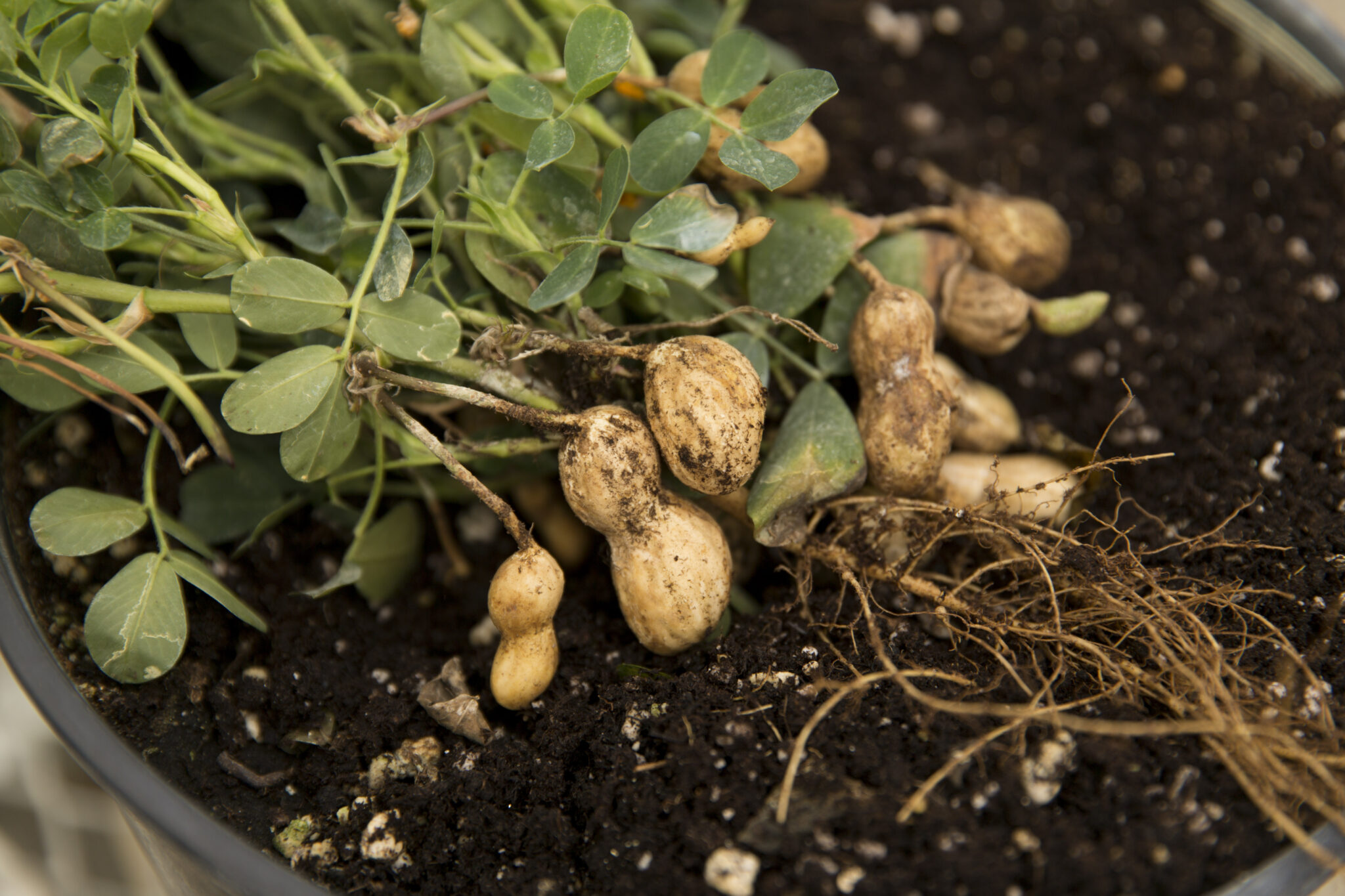Everyone knows about the Vidalia onions grown in southeast Georgia. They're among the best-known of a fascinating family of plants.
All onions belong to a plant group called alliums. These plants all have long, slender leaves with parallel leaf veins. Many also produce prominent bulbs.
This group has many members, including garlic, shallots, chives and leeks, as well as less-well-known types such as elephant garlic, rakkyo and kurrat.
Even wild onion and garlic species grow throughout the United States.
Vidalia onions are large, slightly flattened, yellow onions with a very mild flavor. People often refer to this mild flavor as sweet. The low-sulfur, sandy-loam soils and abundant irrigation water in south Georgia help develop this mild flavor.
These onions differ from common storage onions in that their bulbs form during the short days of winter instead of the long days of summer.
The downside of Vidalia onions is they don't store very well. Common onions can be stored for a year or more. But Vidalia onions won't last but a couple of months at best.
Garlic is the second-most widely grown edible allium in this country. You probably don't buy much garlic in a year. But you'd be surprised to find how many foods it's actually used in.
Two-thirds of the garlic crop is actually grown for processing. This garlic is usually dried. The garlic flakes are then sold and used in many processed foods.
Shallots are a type of onion grouped with the multiplier or potato onions because they form clusters of bulbs, rather than a single bulb as onions do. They're not important economically. But you can usually find small quantities in the supermarket produce section.
Leeks |
Leeks don't form bulbs like other alliums do. The leaves wrap around each other to form a pseudostem, or false stem. This results in a thick stem with leaves attached in much the same way as corn.
Elephant garlic is related to leeks. A handful of farmers grow it commercially on a very few acres in Georgia. These plants, also called great-headed garlic, grow much like leeks, to which they are related.
The bulb these plants form looks like a large garlic. In fact, a single clove of elephant garlic can be the size of an entire bulb of regular garlic. The flavor is much like garlic, but milder. If you use it in recipes as a substitute for garlic, use more of it.
 Chives
are the most widely adaptable of all the cultivated alliums. They are grown from the
Arctic Circle to the mountains of northern India.
Chives
are the most widely adaptable of all the cultivated alliums. They are grown from the
Arctic Circle to the mountains of northern India.
This is a relatively low-growing plant. It doesn't form a prominent bulb. The hollow leaves are used for flavoring in this country.
Kurrat and rakkyo are probably only available in specialty stores. Gardeners may be able to find seed or bulbs from specialty catalogs.
Kurrat is related to leeks. It's grown for its leaves in places like Egypt, where a single crop's leaves may be harvested for up to 18 months.
Rakkyo is grown in the Orient for the small bulbs, which are often pickled.
Alliums are related, too, to some of our most spectacular flowering plants, such as tulip, daffodil and amaryllis.
The edible alliums can produce beautiful flowers, too. Most produce globe-shaped clusters of many small flowers on long stalks. The colors can range from white to pink to lavender.
Some, such as elephant garlic, produce very large clusters that are striking in flower arrangements. So the next time you're thinking of what flowers to plant in your garden, perhaps a visit to the produce section is in order.







